Creeping vines partially covered the sign that welcomed my arrival at the Wine Cask, a Santa Barbara institution from winemaker Doug Margerum and business partner Mitchell Sjerven that dates to 1981. This was the second dinner on a car-free media trip sponsored by The Santa Barbara Conference & Visitors Bureau that spotlighted some of their more compelling organic and sustainable eating and drinking options. We experienced the 14-seat communal table, which goes by the promising title of the Feasting Bar and features a three-course, market-driven menu that normally costs $65 and typically occurs every Tuesday, after diners take a “foodie stroll” through the downtown farmers market with chef Brandon Hughes. Since we filled the concrete slab table on a Monday, we cut straight to the cuisine, but the meal was still memorable.
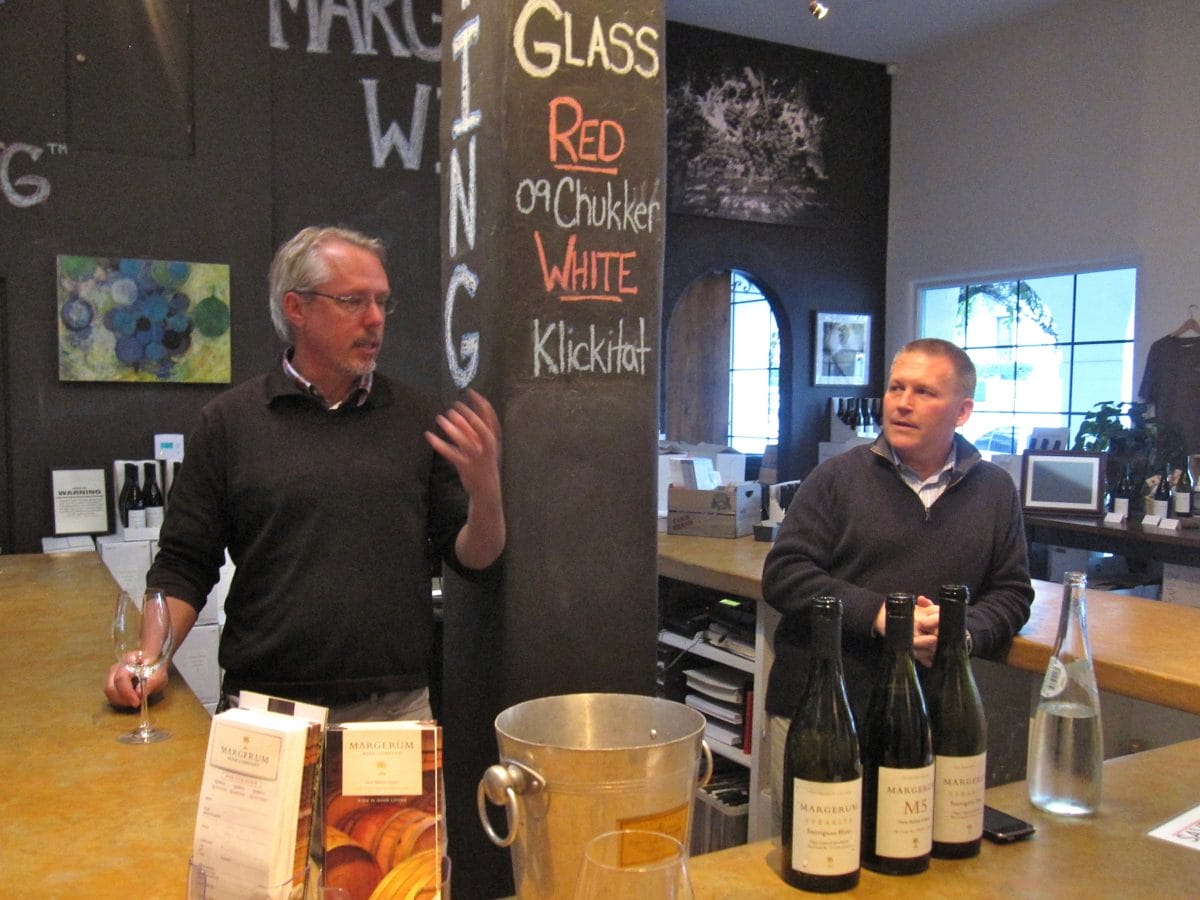
We started in the tasting room, which they opened in 2009, replacing a longtime wineshop.
Doug’s brother poured the U-shaped concrete bar, which was primarily built to feature wines Margerum makes, is involved in making or imports. Blackboard walls and a central pillar pronounce sayings like “Wine is Good Living.” Margerum and Sjerven also mounted black and white photos of the winemaking process, including a vineyard, barrel and corks.
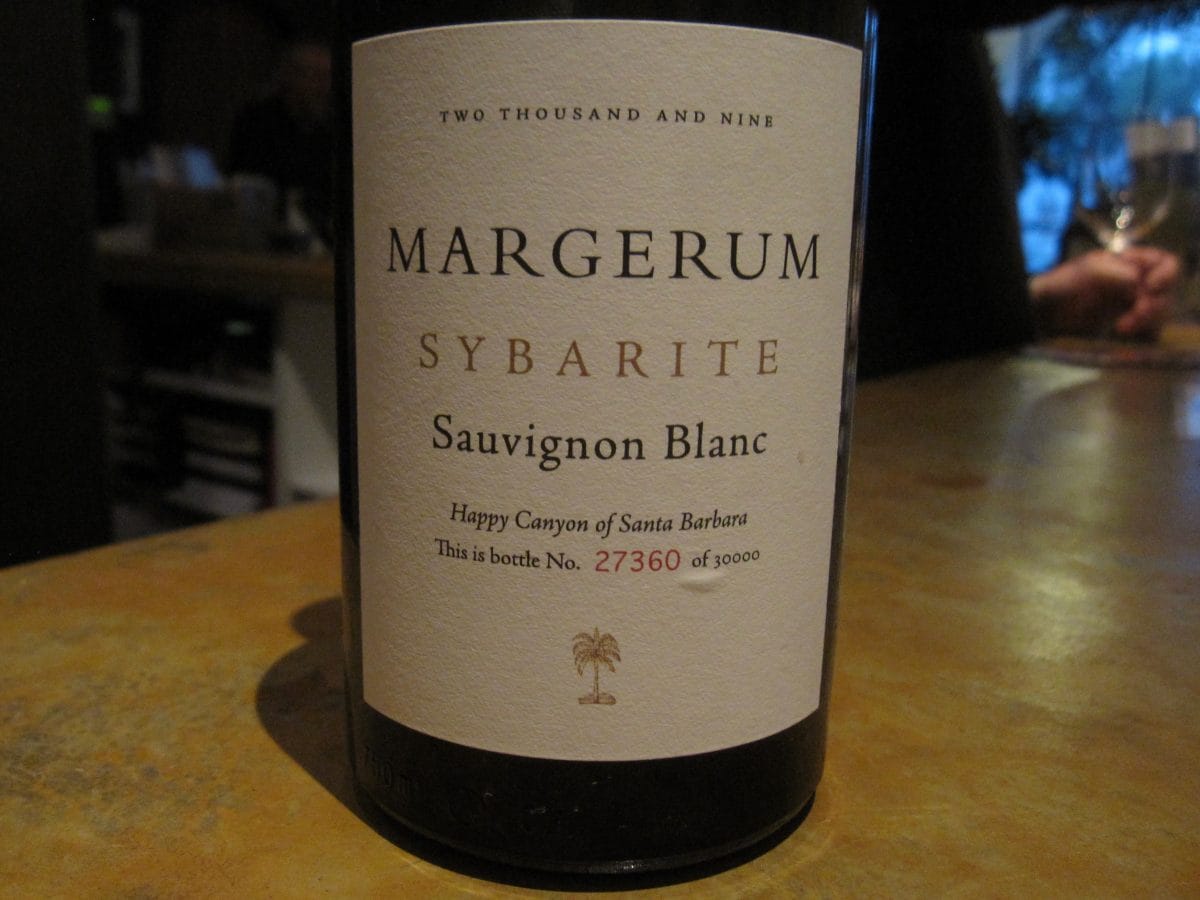
All of Doug Margerum’s wines are table wines, including my favorite pour at the bar, 2009 Margerum Sybarite, a Sauvignon Blanc from Happy Canyon that was crisp, not too sweet.
We also tried M5, a Rhone blend involving five different red grapes. Margerum isn’t through with wine celebration on the block, as he’ll manage an adjacent tasting room for Au Bon Climant and longtime friend Jim Clendenen, about to overtake a former art gallery and picture frame shop during our visit.
We transitioned to the restaurant, which occupies a compound that once belonged to Capitan José de la Guerra, the eventual Governor of Alta California, in the first half of the 19th Century. A family crest rests over the fireplace in the grand dining room. We all sat at the Feasting Bar.
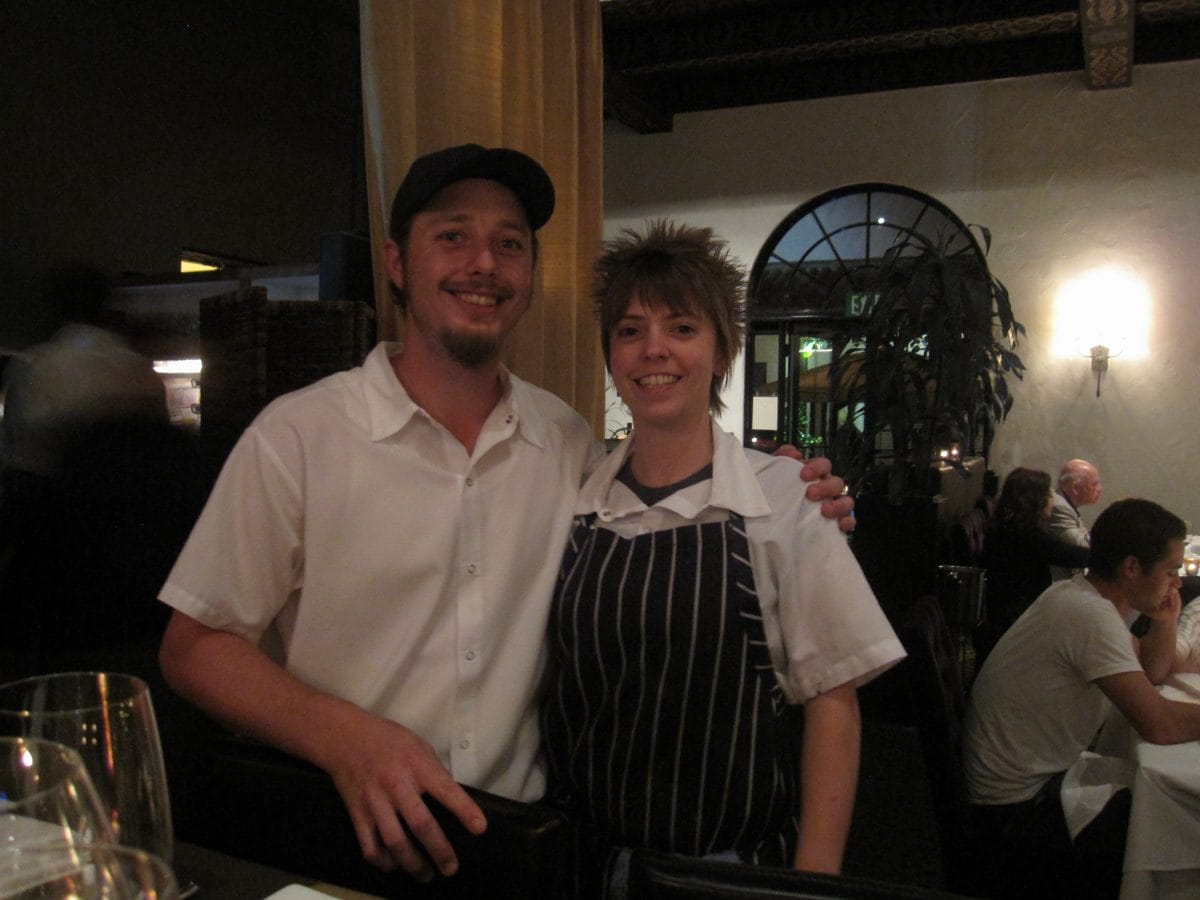
Executive chef Brandon Hughes and/or pastry chef Rosie Gerard presented each course with local wine pairings.
Wine emanated from the compound’s new 16-tap system, a method that reduces the carbon footprint, allows the Wine Cask to source local, limited edition wines, and reduces bottle waste. Our particular menu was signed, with detailed tasting notes on the back. The menu was good from April 18 – 21, divided into FIRST, THEN and LASTLY.
Hughes grew up in town and previously worked for sister restaurant Bouchon. He’d been cooking at Wine Cask for four months prior to our arrival. He said that 23-year-old sous chef Nick Ramirez challenges him on a daily basis, and Hughes keeps him in check. Together, they’ve taken the menu to a more “rustic” and “countryside French” place.

We started with Baked Local Corvina en Papillote, a piece of peel-back parchment filled with a firm, juicy fillet.
Hughes plated the fish with baby spring vegetables like squash and tomatoes and farmer Tom Shepherd’s wild arugula garnish. Our pairing: 2010 Margerum Sauvignon Blanc. This was a light course and probably a good way to start, but not as memorable as our final two plates.
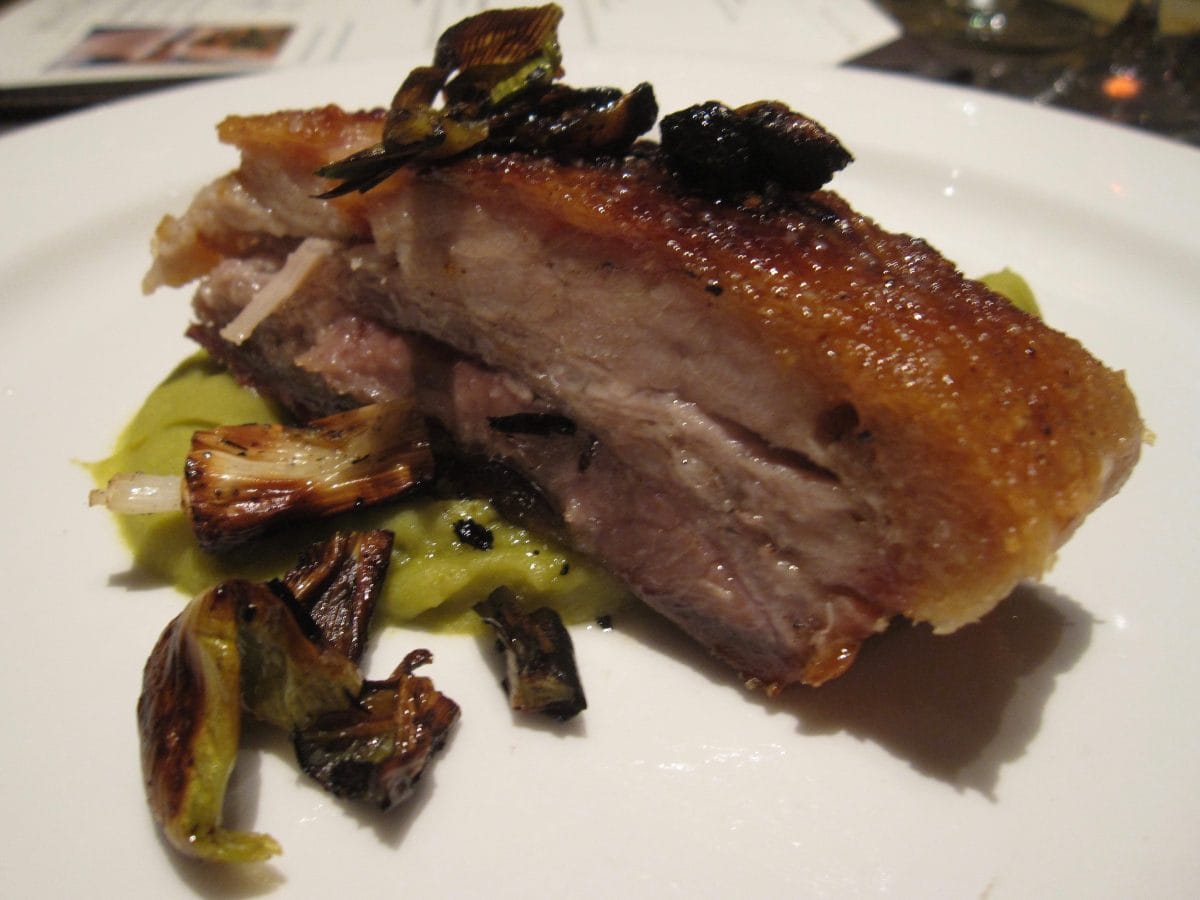
Chef Hughes cooked pork belly low and slow in a convection oven, rendering the majority of fat from a premium Kurobuta pig, before crisping the skin in a salamander.
The luscious steak appeared on earthy Mama Farms split pea puree with roasted BD farms spring green garlic, which were crispy, and offered less intensity than a full grown bulb. Ojai Valley wildflower honey reduction added a hint of sweetness. ’09 Melville Pinot Noir Sta. Rita Hills that held up to the rich dish.
We also received a glass of Carr Sparkler, a dry rose kegged on Tuesday and poured from one of the Wine Cask’s 16 taps. As the GM said, they prefer kegs because they can limit “the waste of glass, cork, cardboard.” The process also allows them to draw on tight knit relationships with winemakers. The GM said, “We know these people, and we live here and they live here.” That’s why they’re even able to source kegs of wine, which are far from readily available.
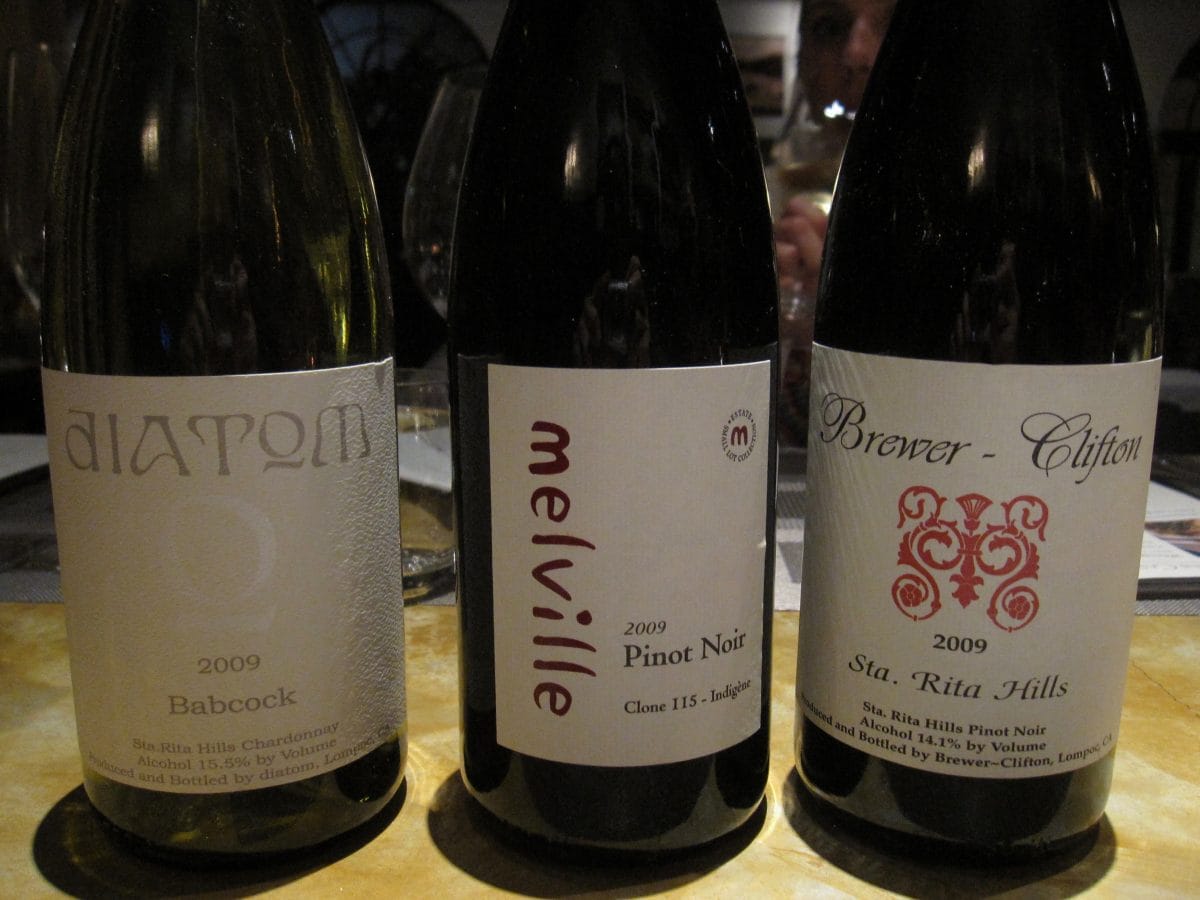
Wine flowed liberally at the Wine Cask during our dinner. We were also welcome to exclusive pours of M3, 2008 Syrah, 2009 Grenache and 2010 Mouvedre.
We also sampled a few off-the-tasting-menu wines, including 2009 Diatom Babcock, 2009 Melville Pinot Noir (Clone 115 – Indigo) and 2009 Brewer-Clifton Sta. Rita Hills Pinot Noir. It was a good thing that the hotel was walking distance.
Dessert must have been too tantalizing, since I forgot to take a photo. Chef Gerard presented a lemon cake with crisp crust, honey lavender mousse and a trio of sweet-tart, multi-colored citrus segments: oro blanco grapefruit, orange and blood orange. The pairing was a 1010 Diatom “Miya” Chardonnay from Sta. Rita Hills.

The next day, I ran into Chef Hughes on State Street at the Santa Barbara Farmers Market, filling a deluxe “Wine Cask” wagon that puts a Radio Flyer to shame.
His produce was no doubt headed to the restaurant, and to the Feasting Bar, and based on our three courses, put to good use.
Note: This meal was part of a media trip sponsored by the Santa Barbara Conference & Visitors Bureau. Everything was on the house.

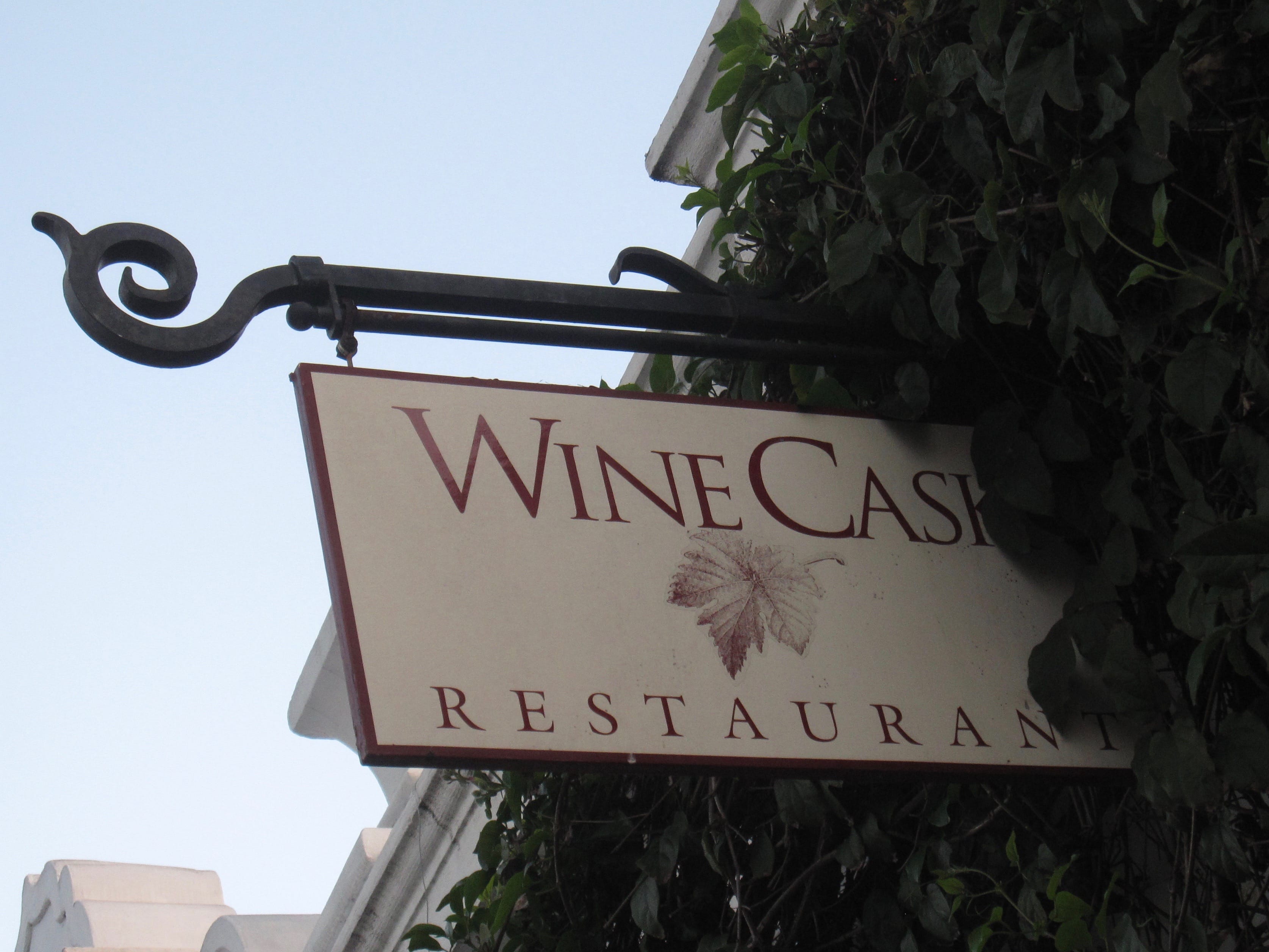
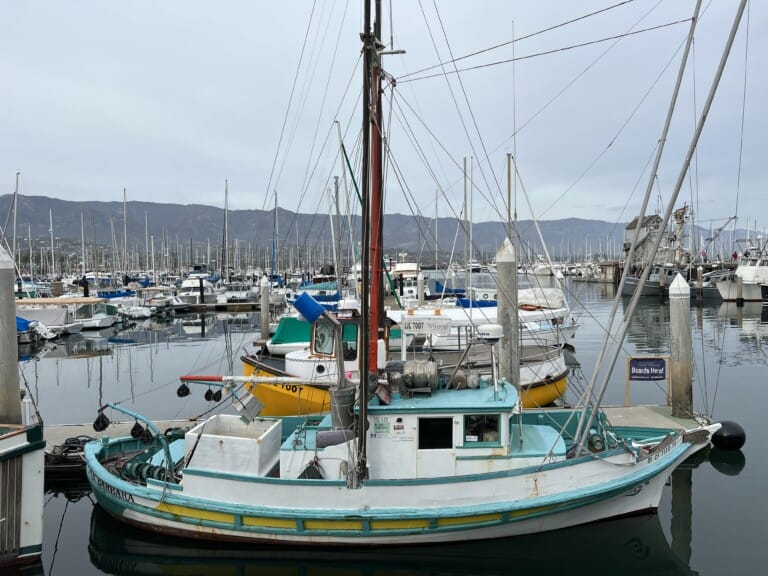
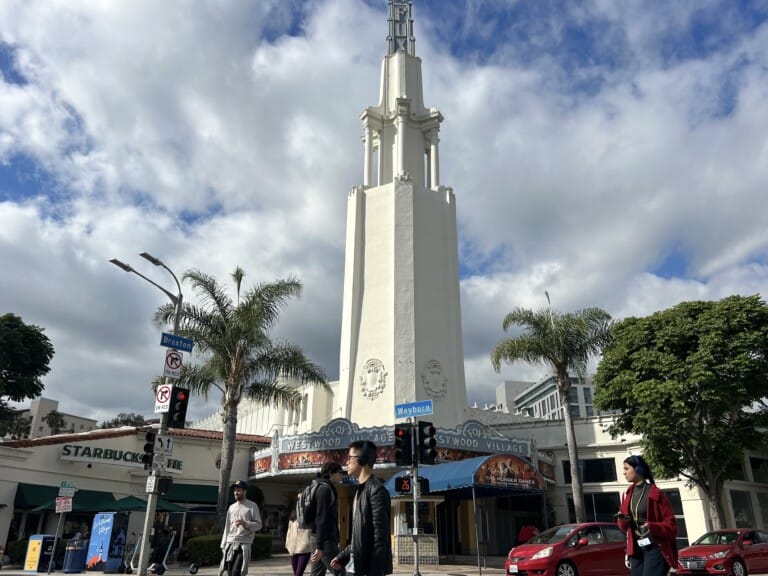
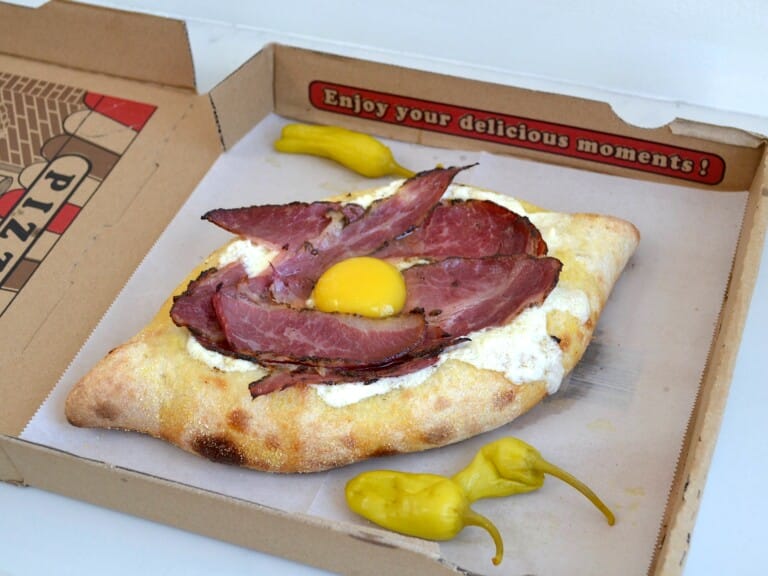




Leave a Comment